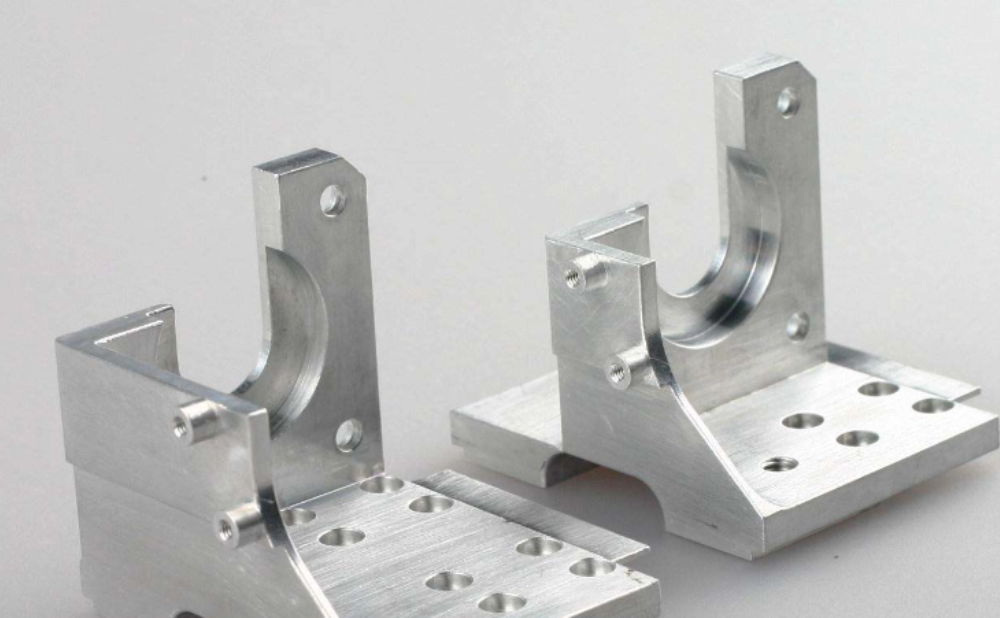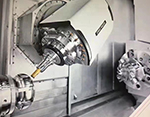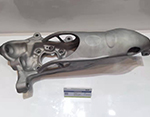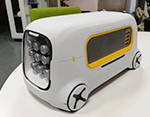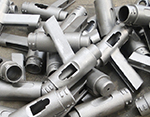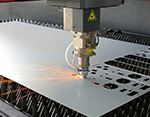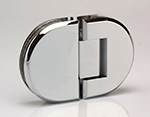-
Service
+
- CNC Precision Machining Service +
- Multi-Axis Simultaneous Machining Service +
- CNC Turning Service +
- Metal 3D Printing Service +
- Rapid Prototyping Service +
- Die Casting Service +
- Sheet Metal Fabrication Service +
-
Finish Serivces
+
- Polishing
- Grinding
- Brushed Finish
- Sand blasting
- Painting
- Powder Painting
- Anodizing
- Hard anodizing Service
- Passivation
- Zinc Plating
- Nickel Plating
- Chrome Plating
- Blackening
- Black Zinc Plating
- Teflon Coating
- Titanium Coating
- DLC Coating
- Laser Marking
- Silk Screen Printing
- Transfer Printing
- Micro Arc Oxidation
- Industries +
- About Us +
- Resource +
- Contact Us
- Quote

-
Service
-
>
-
>
-
>
-
>
-
>
-
>
-
>
-
>
-
- Industries
- About Us
- Resource
- Contact Us
Manufacturing robotic assemblies can involve many different machining processes, including CNC machining. There are many benefits to CNC machining complex robotics components, and in this article, we'll explore some of the most common robotics components for CNC machining.
Why CNC Machine Robotics Components?
CNC machining is capable of producing parts with extremely quick lead times. In 2023, almost as soon as you have the 3D model ready, you can begin making components with a CNC machine. This allows rapid iteration for prototypes and quick delivery of custom CNC robot parts for specialty applications.
Another strength of CNC machining lies in its ability to create parts exactly to spec. This manufacturing precision is particularly important for robotics components, where dimensional accuracy is key to building high-performing robots. Precision CNC machining can hold tolerances as tight as +/- 0.0002 in., and such rigorously crafted parts allow for the precise and repeatable movements that robots are known and valued for. Regardless of the complexity of your robotic parts design, you will benefit from the tight tolerances afforded by CNC machining.
Surface finish is another reason to use CNC machining to produce components for the robotics industry. Interacting parts must have low friction, and precision CNC machining can produce parts with a surface roughness of as low as Ra 0.8 μm — or even lower with post-processing operations like polishing. For comparison, die-casting (before any finishing processes) generally produces a surface roughness closer to 5 μm, and metal 3D printing produces an even rougher finish.
Finally, the types of materials used in robotics are good candidates for CNC machining. Robots need to be capable of steady movement and lifting objects, which requires strong, stiff materials. These properties are best achieved using certain metals and plastics, as outlined in the materials section below. Additionally, robots are often made for custom purposes or in low volumes, which makes CNC machining a natural choice for robot components.
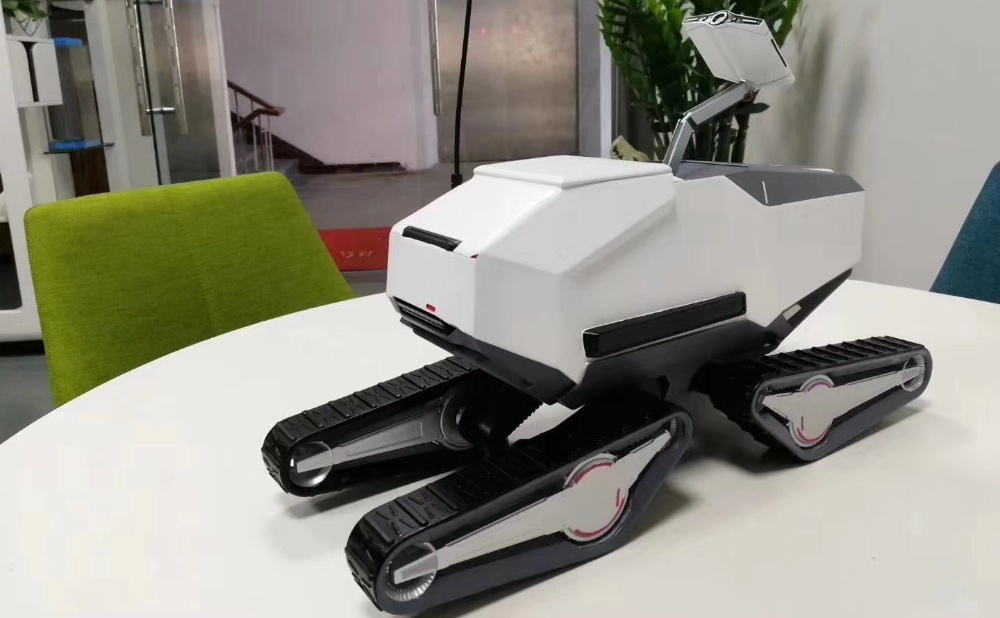
Best CNC Machined Parts for Robotics
1. Structural Components
Many types of robots require sturdy, hard, and strong structural components. These components are often made of steel, aluminum, or even plastic, all of which are well-suited for CNC machining. In addition, the structural components providing support for robotics assemblies are often complex geometries — and CNC machining is particularly adept at manufacturing complex designs.
The types of robotics structural components you should CNC machine include: shoulder joints, elbow joints, wrist joints, gears, bearings, housing parts, and other smaller components like specialized fasteners or brackets.
2. Gears
Gears are also an important structural component utilized for the transfer of rotational forces between axles or to reduce a motor’s speed. They also offer a mechanical advantage. (Remember your kinetics courses? Gears were so fun!)
Gear geometry can be intricate which makes them suitable for either CNC machining or gear hobbing. Hobbing is a special CNC machining process for cutting gears out of metal and non-metal materials.
3. Modular Tooling
If you haven’t heard of or built robots using modular tooling, you’re missing out. Modular tooling is assembled with a set of common building blocks, adapting to a common, machined connection on the end of the robotic arm. This makes it so you can quickly and easily switch out the tooling (like a lot of CNC machines with tool changers employ).
I think of modular tooling as a sort of lego set where you can quickly and easily build anything you are thinking of, such as a modular tooling system that allows a quick changeover from a finger-gripping tool to a vacuum cup. Designing your own set of modular tooling and having those designed modular tooling components CNC machined is the optimal choice for ensuring you get the highest quality and precision.
Pro-tip: A modular tooling system often involves some prototyping to ensure fit, form, and function. Kesu is your partner for rapid turn-around times for early-stage robotics prototyping. We offer many manufacturing processes which are excellent for prototyping such as CNC machining, 3D printing, and urethane casting.
4. End of Arm Tooling/End Effectors
In a broad sense, all tooling that a manipulation robot utilizes can be referred to as End of Arm Tooling (EOAT) or end effectors. These components are the interface between the robotic arm and the surrounding environment, and they perform the work that the robot is designed to perform. The EOAT attaches to the robot’s ‘wrist’, and they can be electromechanical or mechanical — all are ideal candidates for CNC machining. Click here to learn more about EOAT types and CNC machining EOAT.
5. Assembly Trays and Other Custom Fixtures
CNC machining is optimized for producing custom-manufactured parts with high precision and quality. Custom jigs and fixtures, such as assembly trays, are necessary for most robot operations. For example, you may need a fixture to hold a part in place while a robot works on it. You can also use a fixture to precisely locate a part each time, which is often necessary for a robot to either pick up the part or set it down.
Because they are often one-off, custom parts, CNC machining is perfect for fixtures. The lead time is short, and fixtures are easily CNC machined from a piece of stock material, often aluminum.
6. Robotic System Motor Components
Every robot needs motors to drive the movement of arms and joints. A motor has many moving parts in itself, and many of those parts can be CNC machined. Generally, a motor has some kind of machined enclosure for the power source, as well as a machined bracket to attach it to the robot arm. Bearings and shafts are also often CNC machined. Shafts can be machined either on a lathe to turn down the diameter, or on a mill, to add features such as keys or slots. Finally, the gears to transfer the motion of the motor to the joint or other parts of the robot can be CNC machined by milling, EDM, or gear hobbing.
Now you see why CNC machining is such an integral manufacturing process for the robotics industry. A wide range of materials can be CNC machined to extremely tight tolerances to ensure your robot can execute the precise movements you need it to. And with the CNC process, you’ll get your parts quickly, which is critical for both custom one-off CNC robot parts and larger-scale builds.
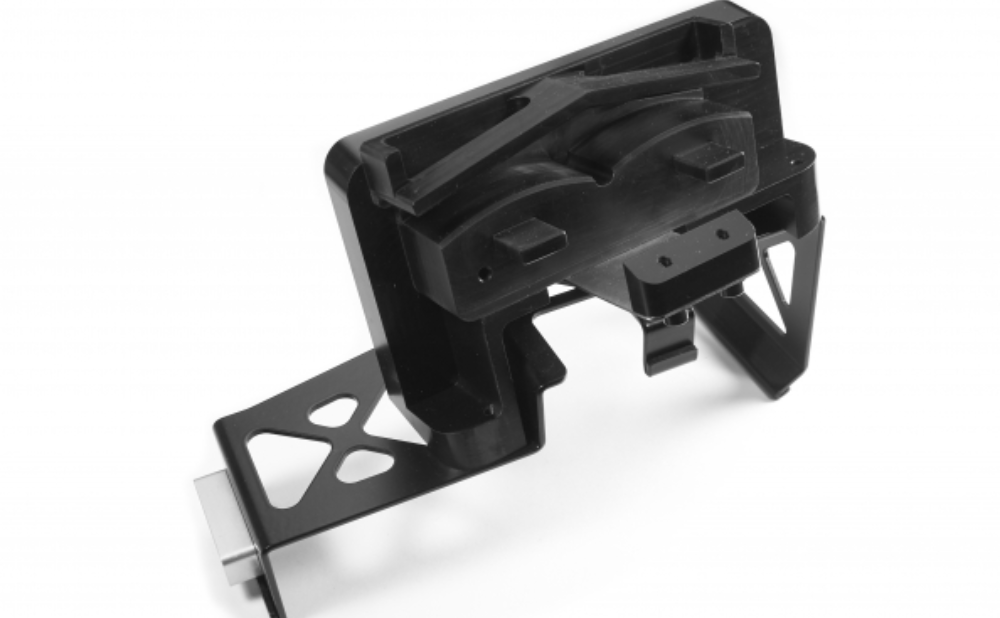
Start Your Next Project With Kesu
If you’re tasked with sourcing and supplying CNC machined robotic parts, Kesu is your operating system for custom manufacturing that makes part procurement faster, easier, and more efficient. In other words, Kesu lets engineers, like you, engineer.
